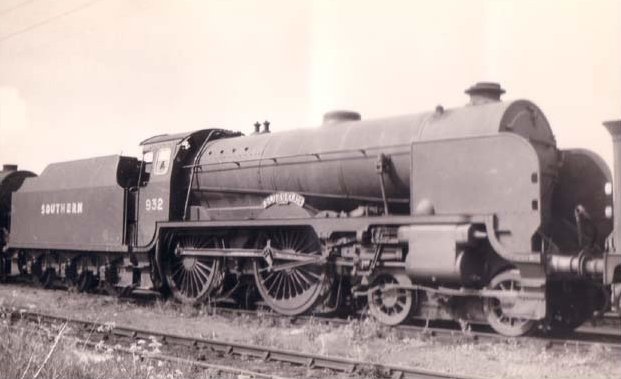It wasn't just the 1948 loco exchanges that seem badly and minimally prepared, it occurred elsewhere. In 1925 the GWR (with a Castle) and the LNER (with an A1 Pacific) exchanged locos for a week on London to Leeds and to Plymouth. The outcome was the Castle was felt to have performed brilliantly (and speaking of Cecil J Allen, he timed it), and the Pacific poorly, especially west of Newton Abbot, and even lost time. But the latter was just sent over on a Monday morning with a footplate crew completely unprepared for it, being given a GWR conductor, and it was of course Welsh coal which they were quite unused to. Churchward did prepare a bit better, and the Old Oak crew were sent the previous week to hang out of the window of the first coach of a Leeds train to get a bit of a feel for the line, which LNER supporters described as "sneaky". It wasn't as if it was just a trivial test - apart from Allen's timing, it got into the national press.
Incidentally, I believe that after the A1 (4474 Victor Wild) in 1925, the next LNER Pacific through Taunton was Pegler's Flying Scotsman in late 1963. I've got a childish out-of-focus box camera photo of it somewhere which I took, coming off the train there.

